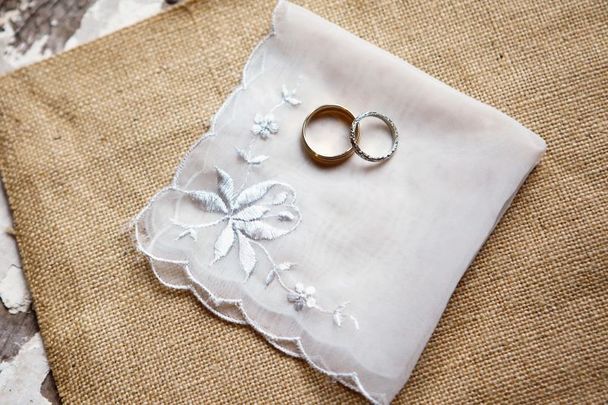Findmypast is working in partnership with IrishCentral to share fascinating insights into your Irish ancestors. Eneclann’s Irish Genealogy expert Fiona Fitzsimons explains Irish Marriage Licence Bonds.
In Ireland, by the 17th century marriage was fairly well defined, but there were still many ways of entering into it. For persons of property, it involved a series of distinct steps.
The first was a written legal contract between the two parties about any financial arrangements between the bride and groom and their families.
The second was the espousals, a formal exchange of vows before witnesses.
The third step was the public proclamation, by banns or by license. The purpose of marriage banns and marriage licenses was to protect the church from being sued if any marriage should later be proven invalid because of pre-contract, or consanguinity.
The fourth step was the wedding in church.
The fifth and final step was the sexual consummation of the marriage.
In Ireland, by the 18th century, Protestants of any substance were usually married by a marriage license bond issued by the consistorial court of the diocese. This is true of all religious denominations with the possible exception of Quakers, for rural and urban dwellers right up to the second half of the 19th century.
It is true however that in the 17th and 18th centuries when the Penal Laws were in place, many Quakers, particularly those with property, also married by license within the Established Church, to secure succession/inheritance rights for any children of the marriage.
The marriage license bond was issued ahead of the marriage by the Established Church as an alternative to the public proclamation of banns in church. A marriage license was a popular alternative to banns, as it guaranteed the bride and groom a greater measure of privacy. Unfortunately, almost all original marriage licenses for the Irish dioceses were destroyed in 1922, however, index books for most of the Irish dioceses survive and can be consulted in the National Archives of Ireland.
Marriage Licence bonds for some of the Irish dioceses can be found online here:
Clonfert Marriage Bonds 1663-1857
Raphoe Marriage Licence Bonds 1710-55 and 1817-30
Cloyne Marriage Licence Bonds 1630-1800
* Reference: Stone, Laurence (1979) The Family, Sex and Marriage, London pp. 30-31.
** Originally published in 2016, updated in Oct 2023.




Comments